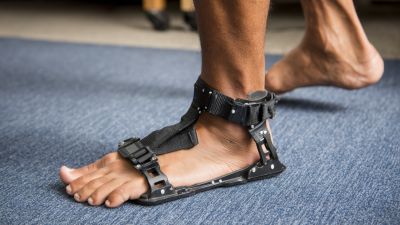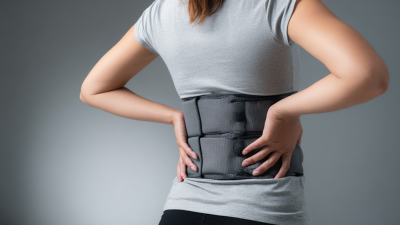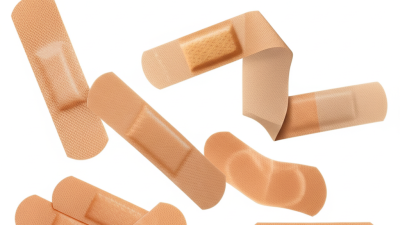The Ultimate Guide to Choosing Orthopedic Shoes for Every Foot Problem
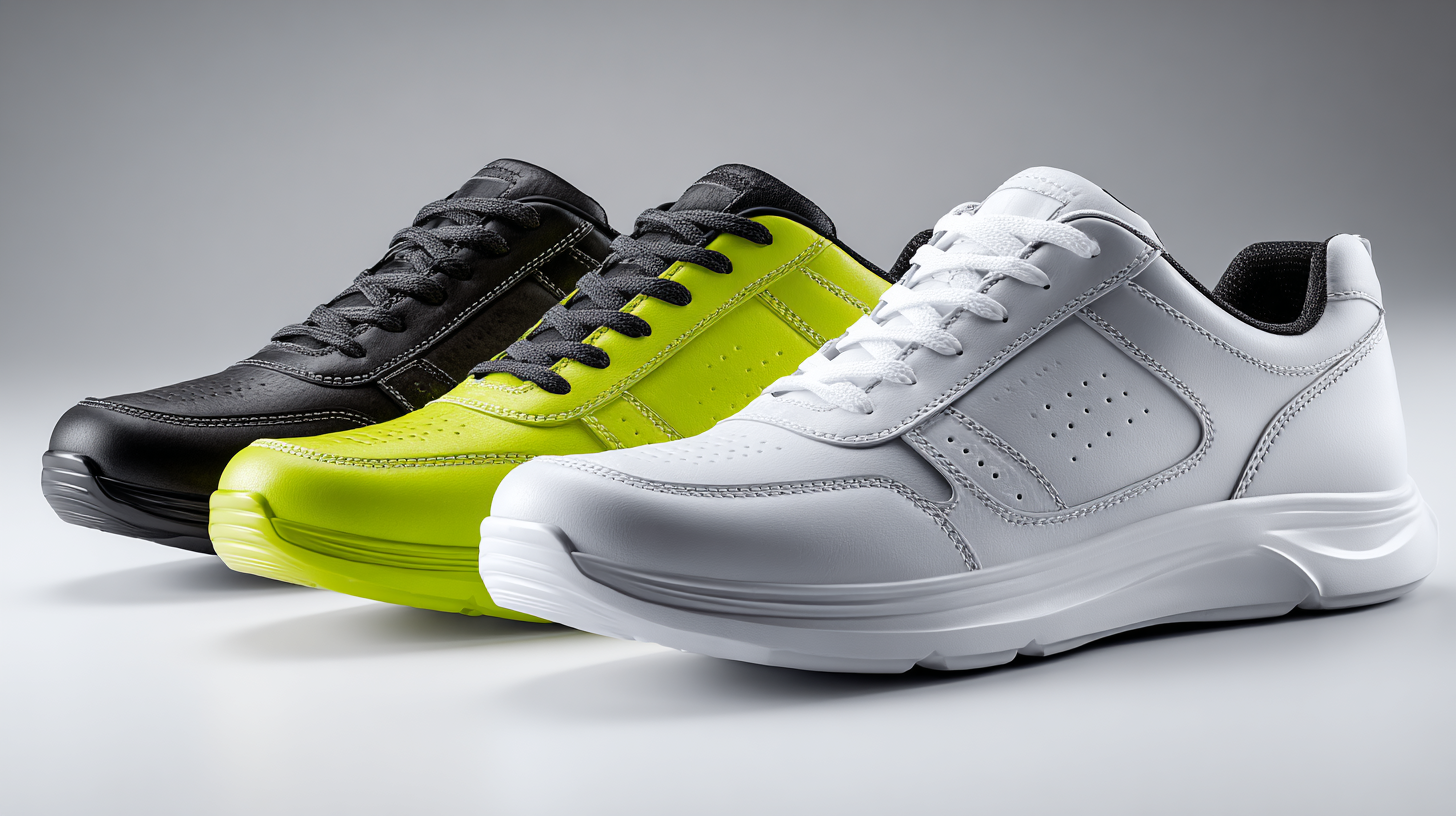 The importance of selecting the right footwear cannot be overstated, particularly for individuals with specific foot problems that require the use of Orthopedic Shoes. According to a report from the American Podiatric Medical Association, approximately 77% of Americans experience foot pain at some point in their lives, making the need for supportive and properly designed footwear more critical than ever. Furthermore, the American Orthopaedic Foot & Ankle Society states that inappropriate footwear can exacerbate existing conditions such as plantar fasciitis, bunions, and diabetic foot ulcers. In this context, Orthopedic Shoes serve not just as a remedy but also as a preventive measure against further foot complications. This guide aims to provide comprehensive insights into the various types of orthopedic footwear available, catering to diverse foot issues and ensuring improved comfort and mobility for those affected.
The importance of selecting the right footwear cannot be overstated, particularly for individuals with specific foot problems that require the use of Orthopedic Shoes. According to a report from the American Podiatric Medical Association, approximately 77% of Americans experience foot pain at some point in their lives, making the need for supportive and properly designed footwear more critical than ever. Furthermore, the American Orthopaedic Foot & Ankle Society states that inappropriate footwear can exacerbate existing conditions such as plantar fasciitis, bunions, and diabetic foot ulcers. In this context, Orthopedic Shoes serve not just as a remedy but also as a preventive measure against further foot complications. This guide aims to provide comprehensive insights into the various types of orthopedic footwear available, catering to diverse foot issues and ensuring improved comfort and mobility for those affected.
Understanding Foot Anatomy: Key Components for Selecting Orthopedic Shoes
Understanding foot anatomy is essential when selecting orthopedic shoes tailored to specific foot problems. The human foot comprises 26 bones, 33 joints, and numerous ligaments and tendons, all of which work together to provide support and mobility. Recognizing the key components, such as the arch type—whether flat, neutral, or high—can help identify the appropriate footwear. Individuals with flat feet, for instance, often require shoes with arch support to redistribute pressure and reduce discomfort.
Additionally, the forefoot, midfoot, and hindfoot play significant roles in foot health. Conditions like bunions or plantar fasciitis demand special attention to the shoe's width and cushioning. Proper fit is crucial; shoes that are too tight can exacerbate foot issues, while those that are too loose may fail to provide necessary support. By considering foot anatomy and specific ailments, one can make informed choices that not only alleviate existing problems but also prevent further complications. Selecting the right orthopedic shoes can significantly improve comfort and mobility, ultimately promoting a healthier, more active lifestyle.

Identifying Common Foot Problems: Signs You Need Specialized Footwear
Identifying common foot problems is crucial for anyone experiencing discomfort or pain while walking. According to the American Podiatric Medical Association, about 77% of people will experience foot problems at some point in their lives. Common signs that you may need specialized footwear include persistent pain in the arch or heel, swelling, and difficulty finding comfortable shoes. Conditions such as plantar fasciitis, flat feet, and bunions can significantly affect your daily activities and overall quality of life.
Another key indicator of needing orthopedic shoes is the presence of calluses or corns, which typically develop from abnormal pressure on the feet. A study published in the Journal of Foot and Ankle Research highlights that 60% of patients with diabetes suffer from foot complications directly related to improper footwear. By investing in orthopedic shoes designed to alleviate specific issues, individuals can not only prevent further complications but also improve mobility and comfort. Recognizing these signs early can lead to timely interventions, ensuring your feet remain healthy and functional for years to come.
Evaluating Shoe Features: Essential Technologies for Comfort and Support
When evaluating shoes for orthopedic needs, it's crucial to focus on features that enhance comfort and support. Key technologies such as cushioning systems, arch support, and shock absorption play significant roles in minimizing foot pain and preventing injuries. For instance, a shoe with a well-designed cushioned sole can effectively distribute weight and reduce pressure on sensitive areas, making it a vital consideration for individuals with plantar fasciitis or arthritis.
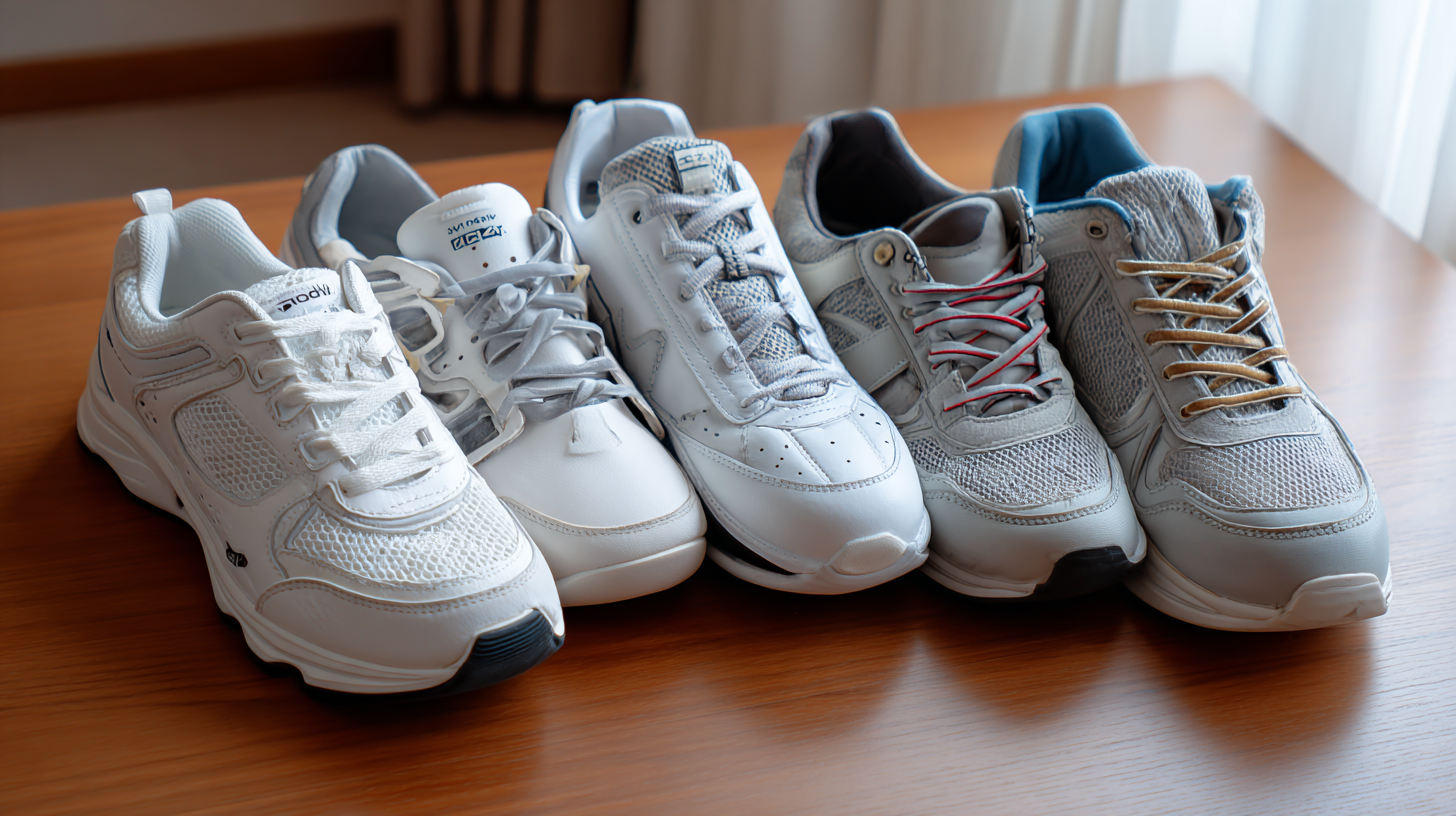
Additionally, the choice of materials in orthopedic shoes should not be overlooked. Breathable fabrics help to maintain a comfortable temperature and manage moisture, while durable uppers provide necessary support without sacrificing style. An adjustable closure system, such as Velcro or elastic laces, allows for better fit customization, catering to foot swelling throughout the day. Ultimately, understanding these essential technologies empowers consumers to select the best orthopedic shoes tailored to their specific foot problems, ensuring both comfort and functionality in every step.
Choosing the Right Fit: Importance of Sizing and Adjustability in Orthopedic Shoes
When choosing orthopedic shoes, proper sizing and adjustability are critical factors for ensuring comfort and support. It is essential to find a pair that not only fits well but also allows for some level of customization. Shoes that cater to your unique foot shape can help alleviate various foot problems, minimizing discomfort during daily activities. Trying on shoes and adjusting straps or laces can make a significant difference, as even small misalignments can lead to issues over time.
Moreover, supportive and comfortable orthopedic shoes contribute to overall body health by enhancing posture and reducing strain on joints. As seen in recent evaluations of various walking and standing shoes, maintaining a stable foundation promotes better mobility and blood flow. Incorporating features like cushioning and flexible soles can greatly improve your experience throughout the day. Therefore, prioritizing the right fit and adaptability in orthopedic footwear is not just about comfort; it's a proactive approach to safeguarding your foot health and overall well-being.
The Ultimate Guide to Choosing Orthopedic Shoes for Every Foot Problem
This chart illustrates the percentage of various foot problems faced by individuals, which necessitates the selection of orthopedic shoes for proper support and comfort.
Consulting with Professionals: The Role of Podiatrists in Shoe Selection
When it comes to selecting the right orthopedic shoes, consulting with professionals such as podiatrists is crucial. Podiatrists are trained specialists who understand the complexities of foot mechanics and various foot conditions. They can assess individual needs based on specific problems such as plantar fasciitis, bunions, or flat feet. By providing a thorough evaluation, they can recommend the appropriate footwear that offers the necessary support and comfort tailored to each person.
Furthermore, podiatrists can guide patients not only in choosing the right shoes but also in understanding the importance of proper fit and materials. Their expertise helps in identifying features like arch support, cushioning, and stability that can alleviate discomfort and prevent further injury. With their knowledge, podiatrists play a vital role in the shoe selection process, ensuring that individuals make informed decisions that cater to their unique foot health requirements. Ultimately, collaborating with a podiatrist can lead to improved mobility and overall well-being.
The Ultimate Guide to Choosing Orthopedic Shoes for Every Foot Problem - Consulting with Professionals: The Role of Podiatrists in Shoe Selection
| Foot Problem |
Recommended Shoe Type |
Key Features |
Consultation Importance |
| Plantar Fasciitis |
Arch Support Shoes |
Good arch support, cushioned insole, shock absorption |
Podiatrists can assess pain levels and foot arch to recommend suitable fits. |
| Flat Feet |
Stability Shoes |
Greater support, rigid midsole, enhanced stability |
Necessary for proper foot alignment; professional check essential. |
| Bunions |
Wide Toe Box Shoes |
Extra space in the toe box, flexible fit |
Podiatrist can evaluate severity and recommend proper footwear options. |
| Diabetic Foot |
Diabetic Shoes |
Non-binding fit, breathable materials, soft seams |
Critical for preventing ulcers; podiatrist guidance is vital. |
| Heel Spurs |
Cushioned Shoes |
Soft cushioning, heel support, shock absorbent |
Podiatrists help tailor recommendations based on heel pain intensity. |

Home
About Us
Products
Videos
Download
News
FAQ
Blog
Contact Us
 The importance of selecting the right footwear cannot be overstated, particularly for individuals with specific foot problems that require the use of Orthopedic Shoes. According to a report from the American Podiatric Medical Association, approximately
The importance of selecting the right footwear cannot be overstated, particularly for individuals with specific foot problems that require the use of Orthopedic Shoes. According to a report from the American Podiatric Medical Association, approximately 


